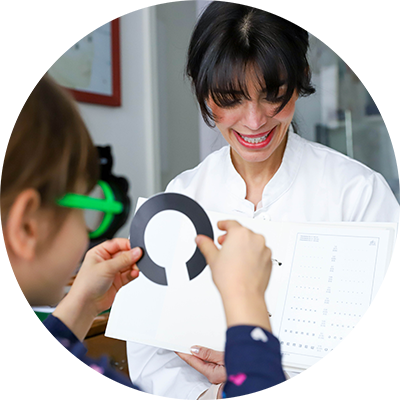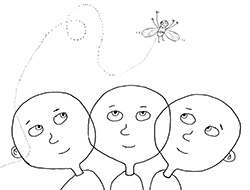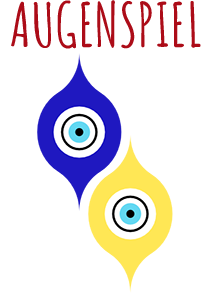
Prevention
Since the development of visual pathways in the brain is formed during the first years of life, the early detection of congenital eye disorders is of crucial importance. The earlier a disorder occurs, the more consequences it has for the visual development of a child.
Eye disorders that are genetically determined can be divided into two groups:
- disorders exclusively affecting the eye (e.g., cataracts, iris, retinal pigment disorders, corneal disorders) – and similar
- disorders in which the eye change is a partial symptom of a multisystemic condition (e.g., metabolic disorders, infections, syndromes affecting other organs).
Genetic clarification can provide parents with important family planning assistance.
In premature babies, the development of the eyes – especially the retinal vessels on the fundus – is still ongoing. Due to the general immaturity of other organs and organ functions, it is possible for the natural maturation of the retinal vessels to be disturbed. Retinal detachment (congenital retinopathy) may result in uncontrolled vascular proliferation inside the eye.
The affected children also have an increased risk of later retinal disease, cataract or increased eye pressure. Even if no premature retinopathy has occurred, delayed visual development, squint and myopia are more common than in mature newborns. So regular eye checks are very important during the first years of life.
The mother-child adjustment-eye examination (MCAE) is divided into two individual examinations:
- MCAE between the 10th and 14th month of life
- MCAE between the 22nd and 26th month of life
The aim of these investigations is the early detection of eye disorders, which can lead to serious irreparable visual disturbances.
This is recommended for newborns, children in the first and second year of life and preschool children.
Shall we play an eye game?
Game 3: FLY DANCE

Exercising the outer eye muscles.
We have 6 muscles per eye. We can look up, look down, look to the left, look to the right, look diagonally up and look diagonally down.
Imagine, a fly circling you very slowly and you follow it with your two eyes. Then change the direction.
Do this exercise very slowly.



